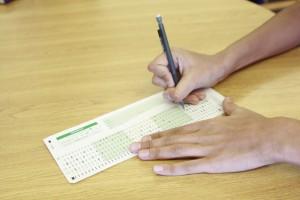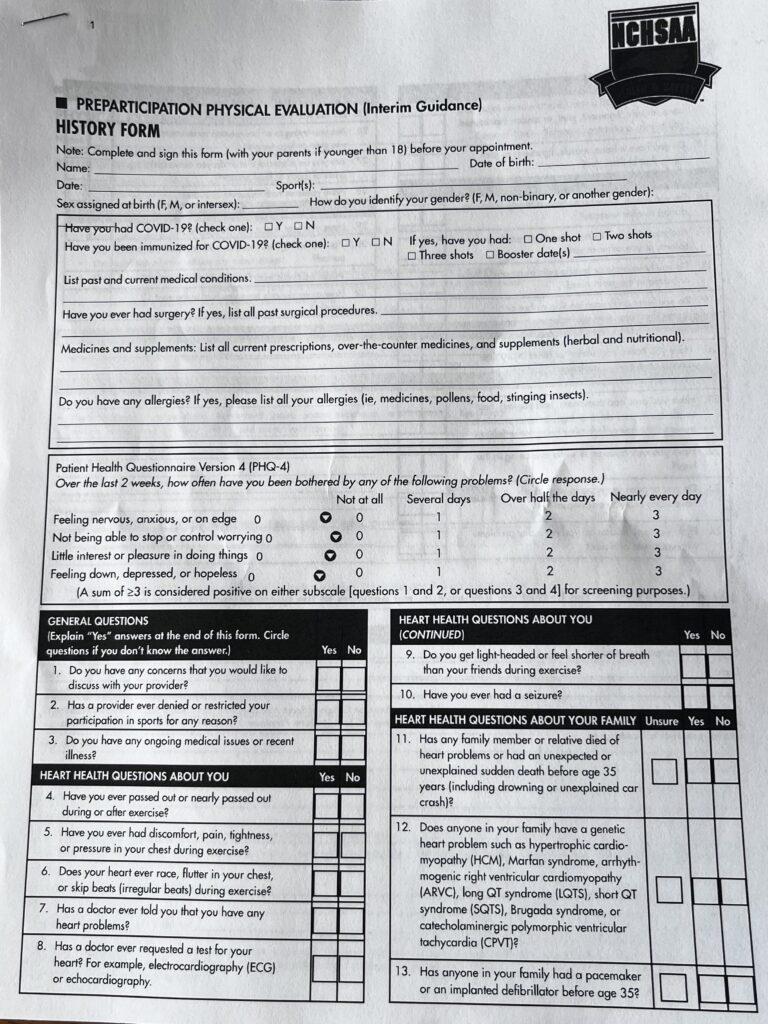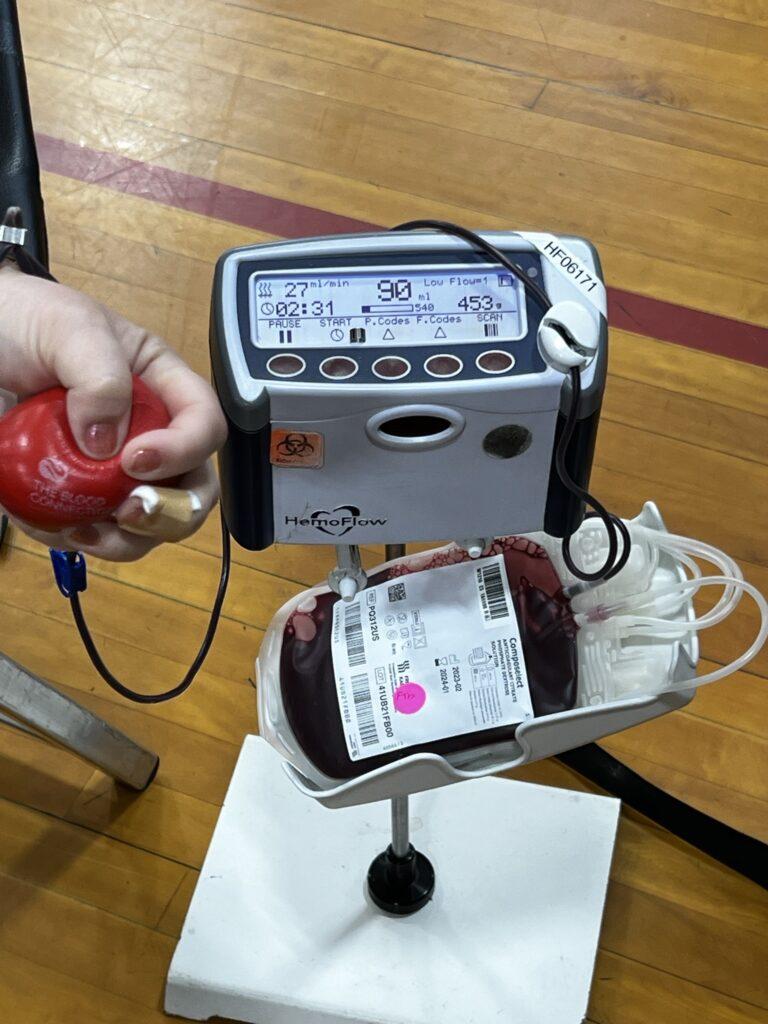 School had started at 7:30 that morning, and it was now well past dinner time. He had been at school for 11 hours, but he would still be expected to return the next morning, even though it would be Saturday.
School had started at 7:30 that morning, and it was now well past dinner time. He had been at school for 11 hours, but he would still be expected to return the next morning, even though it would be Saturday.
The long hours were worth it, however, because his country, Japan, was ranked seventh in the world in math and fourth in science and reading. His efforts would pay off as he moved toward a future career.
Half a million students in 65 nations recently participated in the Program for International Student Assessment (PISA), which is coordinated by the Paris-based Organization for Economic Cooperation and Development (OECD). The test, given every three years to 15-year-olds and designed to assess students’ problem-solving skills, ranked the United States well below many Asian and European countries.
“I think American students have a very short-sighted view,” Anne Hafer, senior guidance counselor, said. “They don’t understand the importance of education, and parents today seem to make more excuses for their students’ lack of motivation than when I was growing up. You can tell our society doesn’t value education just by comparing teacher salaries and athlete salaries.”
While countries like Ireland and Poland have shown improvement since testing began in 2000, improvement in the United States has stagnated. Students’ test scores failed to rank in the top 20 countries in math, science or reading. Many are blaming the results on child poverty and diverse student backgrounds, even though other countries that outranked the United States face these same challenges.
“Americans have got a thousand reasons that one country after another is surpassing our achievement, and I have yet to find a good excuse,” Marc Tucker, president of the National Center on Education and the Economy said in an interview with the Associated Press.
The United States placed 24th in reading, 36th in math and 28th in science. Shanghai, China’s largest city with a population of over 20 million had the top scores in all subjects. Other Asian countries, such as Singapore, South Korea, Japan and Hong Kong all ranked in the top five. Vietnam, participating in the testing for the first time, had higher average scores in math and science than the United States.
“There’s just more focus and emphasis on education in Asian countries as opposed to here in the United States,” senior C.J. Reguyal, a Filipino-American student, said. “In the Philippines, more emphasis is put on education because it is seen as the path to success, but here the main focus for many kids is sports or the arts and not the classroom.”
Some educators are cautious about reading too much into the results from Shanghai, which also dominated the test in 2009. According Tom Loveless, a senior fellow at the Brookings Institution, students tested are children of the elite; they are the ones allowed to attend municipal schools because of restrictions such as those that keep many migrant children out.
“The Shanghai scores frankly to me are difficult to interpret,” Loveless said to the Associated Press. “They are almost meaningless.”
But Jack Buckley, commissioner of the National Center for Education Statistics, claims that no evidence has been found of a biased sample in Shanghai, even though it is China’s wealthiest city. Student funding at the middle school level in Shanghai is nearly four times China’s national average, and prosperous families there spend thousands of dollars more per year for tutoring.
“The other countries pay their teachers more and as a result have more qualified people in the profession. Class sizes are smaller because they know everyone learns better in smaller classes,” Hafer said. “They’re doing what we need to be doing.”
Officials say that the best indicator of performance is the number of students that scored at a high level in each subject. The United States failed to reach the international average number of students reaching that mark in math and science, but scored just over the average in reading.
“The problem isn’t really lack of student talent or aptitude. It’s more motivation and focus,” Reguyal said. “In my advanced placement classes I see that students are talented and intelligent, but there are many kids who have the capability, but they don’t try their hardest.”
By Shannon Miller






